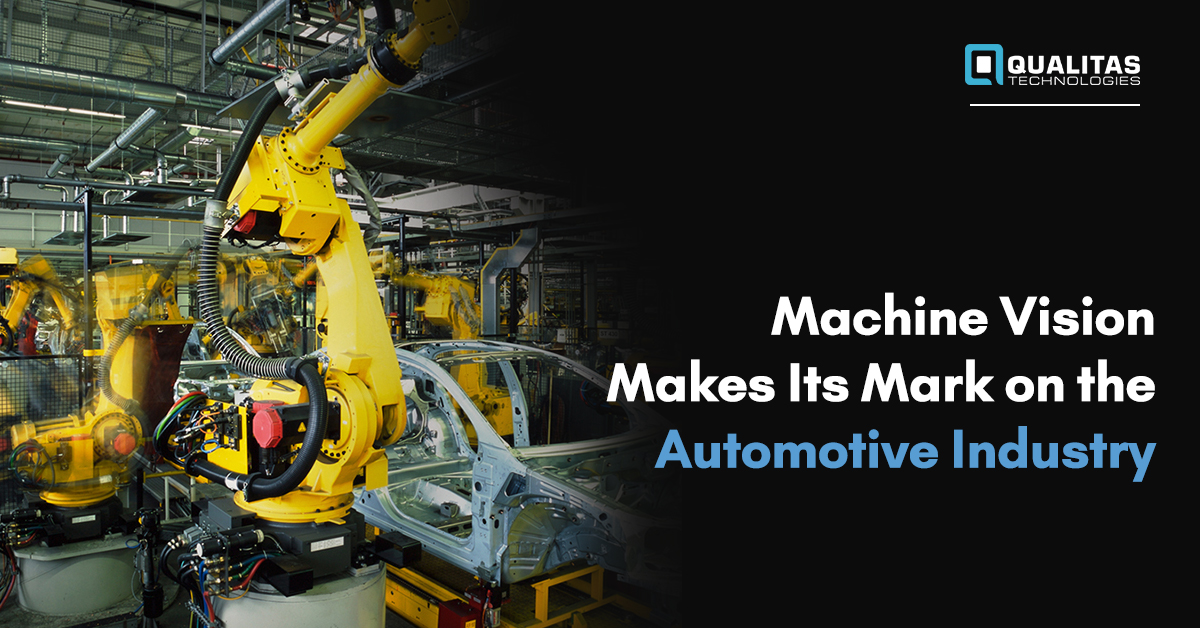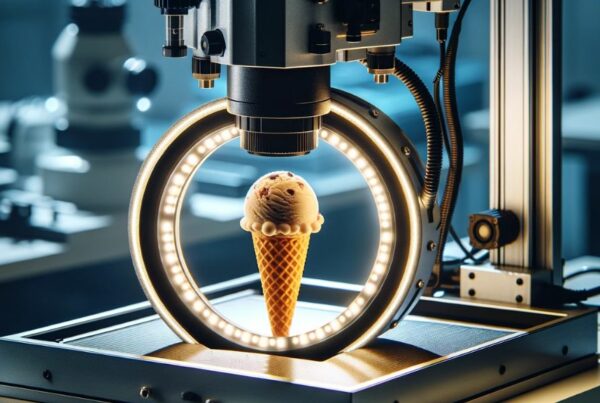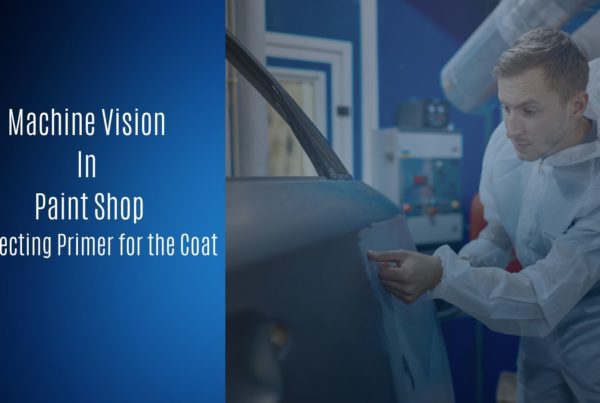
The automobile industry has always been at the leading edge of innovation be it automated production processes, autonomous driving, or usage of IoT and AI to improve the driving experience. At the same time, there has been a rise in product recalls. In January 2019, Toyota Motor Corp recalled 1.7 million vehicles worldwide for potentially faulty airbag inflators. Nissan recalled 1.23 million SUVs and sedans in the United States and Canada due to issues in the backup cameras. Quality is a critical aspect of the automotive industry. It is critical that each vehicle part functions accurately else there could be serious repercussions to the company and human life. Machine vision technology which already plays an important part in the automotive industry can be put into more effective use due to the continual advances in related technologies like computer interfaces, AI technology, and microprocessors.
Basics Of Vision Technology
Most machine vision systems have a combination of hardware and software to detect the presence of a part and inform the vision system to activate a video camera, positioned appropriately. This allows capturing relevant images that can be sent to software processors. The software processors will analyze the image as programmed. The technology can be utilized for measuring dimensions, verifying codes, analyzing orientation, assembly, etc. The aim is to improve the accuracy and speed of assembly.
Also, Read Machine Vision’s Role For Enhanced Quality Check In The Automotive Industry
How Machine Vision Works
Machine Vision systems have wide-ranging uses in the automotive industry. They can be employed for automated assembly, material handling, and quality control. Here are some of the major industry applications –
1) Robotics
Advanced machine vision systems enable a robot to locate parts or subassemblies that it is working on. They locate parts that the robot can pick up and send information to the robot regarding the right position and orientation to affix the parts. They can prove invaluable in improving speed and accuracy in the assembly lines.
2) Dimensional Gauging
Manual measurement processes are time-consuming and prone to error. Machine vision systems with their 2D and 3D recognition capabilities are adept at measuring dimensions of lines, arcs, angles, and tolerances. They can be configured to determine curved surfaces, sequences, heights, etc. consistently and accurately.
Also, Read The Impact of Machine Vision In the Manufacturing Space
3) Assembly Verification
Advanced machine vision systems can be fed with images of parts and patterns which they can recognize and verify in 3D in the actual parts and sub-assemblies and report inaccuracies. This increases the reliability of quality control significantly.
4) Flaw Detection
One of the best ways to reduce product recalls is to identify defects before vehicles leave the assembly line. Machine vision systems play a crucial role here. They use powerful pattern recognition capabilities to find mistakes like scratches, dents, misalignments, mistakes in welding specifications, and other imperfections. This improves quality and saves time, effort, material, and money spent on rework.
5) Print Verification
Automobiles have different types of marking methods across various parts. Machine vision systems use optical character verification (OCV) methods to verify if parts and components are labeled and marked correctly. They can identify and verify character density, inking, laser etching, stamping, engraving on labels, and markings on cast parts.
6) Code Reading
Automotive companies can use machine vision systems to read barcodes, 2D data matrix codes, and characters printed on parts, labels, and packages. This sophisticated technology helps in identifying parts and patterns and provides unit-level data for error-proofing, process control, and track quality-control metrics.
Also, Read Machine Vision is creating a new wave in the Automobile Industry
Data Matrix Symbology and its Advantages
A Data Matrix is a two-dimensional code that can encode data within. Data Matrix symbology can store a large amount of data in a compact space. In the automotive industry, components have to be marked with relevant data that is readable. Machine vision systems can validate code and use optical character verification (OCV) for tracking, verification, and statistical quality control much better than traditional automated recognition systems.
The main advantages are –
- High-quality inspection to avoid misprinting or any misplaced labeling, hence reducing errors.
- Rapid inspection so that the entire production process is faster without compromising on quality.
Grayscale Technology and its Advantages
Some machine vision systems use grayscale technology to capture and process information. It captures the grayscale value of a pixel. Grayscale value is the amount of light captured by the pixel. Image processing and analysis tools then gather detailed information about the part. This is used to check quality conformance.
It offers many advantages –
- The machine vision system can verify the presence/absence of features.
- It can identify missing or misplaced parts based on the grayscale value.
- It can measure pairs of edges and the location of edges to verify if parts are connected properly and if parts are missing.
Conclusion
Machine vision systems are becoming increasingly simple to use and at the same time can be applied to complex functions. In the automotive industry, they are widely used in the installation of anti-lock brake sensors, calibration of instrument readings, testing of lights, an inspection of logos, etc. Global competitiveness, increasing customization, high expectations of quality standards, and usage of Industry 4.0 concepts will amplify the significance of machine vision technology for the automotive industry.
Register For Our Upcoming Free Webinar





